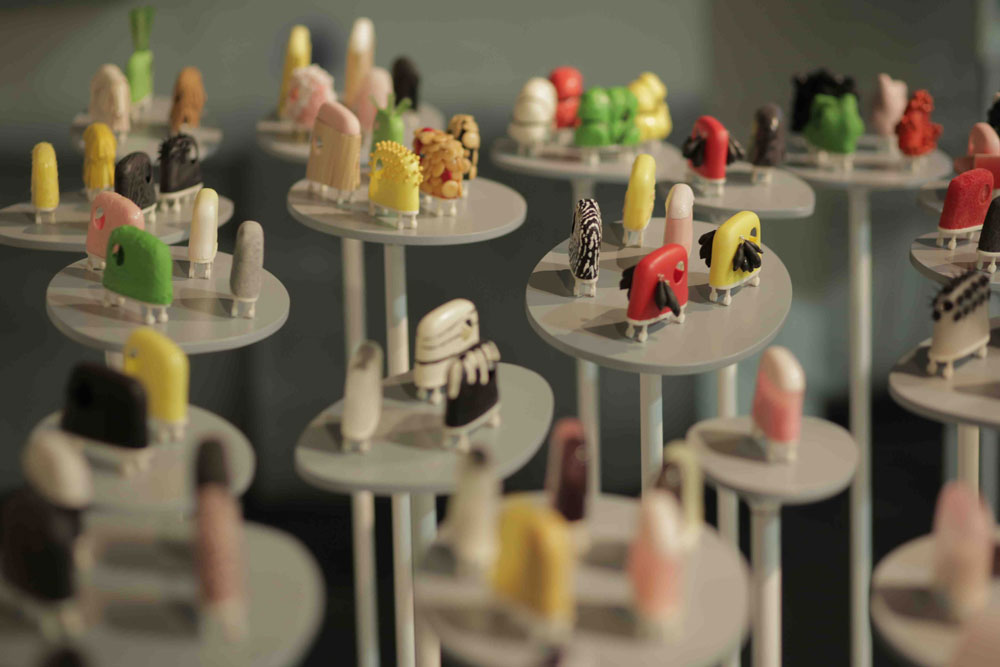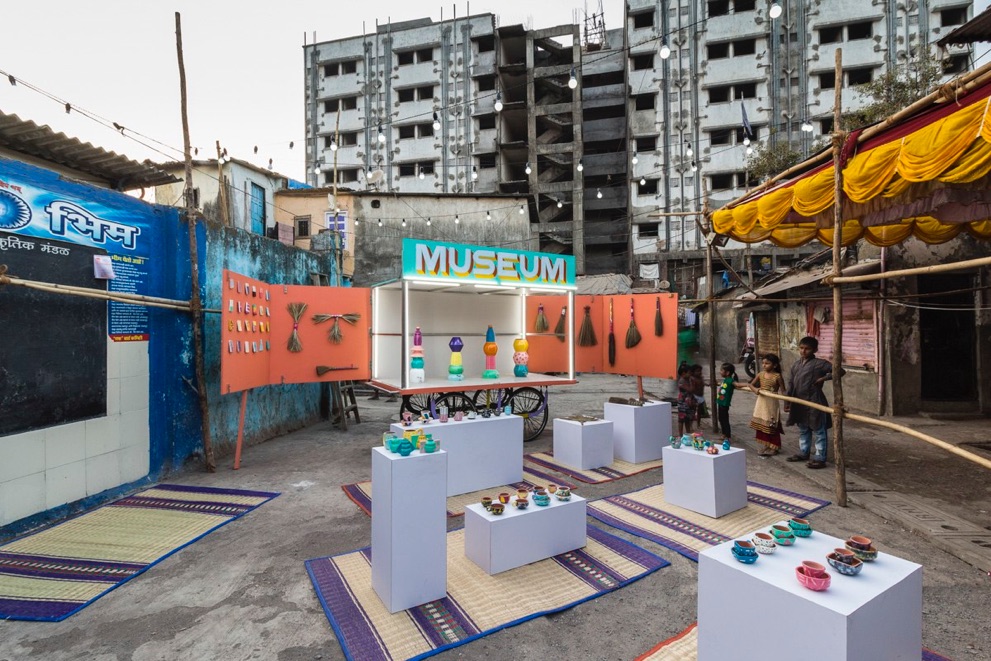Jamer Hunt is one of the most analytic and critic design researchers today. His theoretical work has fostered the idea that the design practice is an exercise that not only requires the involvement of other disciplines but also the active participation of all agents that are part of the design process. In his opinion, both the citizen and the designers are able to demand and envision new futures.
1. If we think design as a triad, defined by the designer, the design (object/product/idea) and the user or consumer, is it also possible to conceive the discipline as a communication system by analogy: sender-message-recipient?
While the analogy makes some sense, I think what we’re seeing more and more in design is that the communication channel is bi-directional. That is, while we still have brilliant designers designing artifacts for a consuming public, we also have the emergence of design platforms that allow the consumer to become a co-producer of the finished product. That opens all kinds of fascinating questions for how we design, what constitutes the final product, and who can even be credited with the design. New means of production and dense networks for communication have the potential to refashion the way we make things.
2. How does the process of design must be conceived?
I always think of design as a dialogical process. What distinguishes the designer from the artist or craftsperson is that the designer is typically working in direct relationship to the needs of the client and/or the consumer, rather than simply giving form to personal expression. That constraint, to me, is what gives design both its essence and its great, inherent tension.
3. Education is a key part of how the discipline is thought or executed. I mean, the schools play a fundamental role with regard to the objects of the future, which will have a real impact in societies. What kinds of schools are necessary to educate or to form the designers who will be designing (and defining) the future?
We need to develop schools that somehow balance form-giving with critical thinking —aesthetics with social and environmental intelligence—. The idea of the designer a simply a form-giver or executor of industry’s needs is evolving. But the balance is extremely difficult to achieve. I see lots of design projects that look great but are completely superfluous to intense social and environmental pressures; but I also see a lot of projects that respond to those pressures but that are often underwhelming formally. The problem is that students need to learn so much —aesthetics, history, user centered strategies, materials, form-making, sustainability, ergonomics, materials science, programming, supply chain, manufacturing, 3D modeling, filmmaking, and so on— that schools are challenged to deliver such a multi-dimensional experience. Being a designer today is like walking a tightrope, and this makes education an even more complicated endeavor.
4. From your experience as a professor and considering your own educational proposal at Parsons, how transdisciplinary design should be understood?
The premise of the Transdisciplinary Design program at Parsons was simple: how can we use design address large-scale, complex problems that go beyond disciplinary boundaries? But while it was easy to state, the mission is very hard to deliver. The program is still evolving. There is a heavy emphasis on collaboration with experts and stakeholders of all kinds, first and foremost, but also an equal emphasis on moving beyond the design of artifacts to consider systems. The challenge, though, is how do we redesign systems? They are often ephemeral, complex, nonlinear, and multi-scalar. While we still need great programs that teach traditional design approaches —graphics, products, architecture, fashion, landscape, etc.— we also felt that there was a need to develop an experimental program that could open up the question of design and explore the limits of its application.
5. Although each territory has its own particularities, in a moment like this, affected by economic, political, social and humanitarian crisis, what kind of design does society need? Or what kind of designers does the society need?
We need designers who know how to collaborate, structure systems of participation for complex processes, be responsive to feedback, and give vivid form to alternative visions of how we might live.
6. In the last years some practices such as digital design, 3D, DIY, etc. have become more important as part of design processes, even though some of that practices aren’t new at all. What kind of changes do you observe about the manufacture? Is it possible to talk about a third industrial revolution?
I think we have to distinguish tools from processes in order to understand the impact of these changes. Tools allow us to do the same things in new ways, and they can be sources of innovation. 3D modeling and printing, for instance, replicate in some ways sketching and model-making. But they also have new affordances and can produce new ideas through experimentation. But I’m more intrigued by new processes of making things. For me, what’s still most intriguing about the next phase of production is that it might look more like biology than mechanics or technology. At a time when we need to be thinking in radical ways about resources, resource distribution, and planetary futures, we must start to edge closer to making things in more biological ways. That is, with zero waste or carbon impact and fully re-usable or biodegradable. Anything else, to me, is just more of the same, and we can no longer afford more of the same.
7. What about consume? Besides of the social, economic or political issues, the transformations of the discipline are also related with the way we get related with design.
The consumer is in a vastly different position today than even twenty years ago. First, because there is so much attention to design, and second because there are more processes that can now include the consumer at the level of design, production, consumption and re-use. What I think we need to see is greater demand for lightness—for the luxury of being free of objects, free of waste, free of distraction, and free of guilt. Consumers will need to redefine luxury in these ways, as many have pointed out, if we’re going to actually radically rethink our cultural practices. This does not mean becoming a luddite! Sharing instead of owning a car, for me, is a new form of luxury. Unplugging for a week is a new form of luxury. Spending time with family and friends is a luxury. If we’re going to avert hyper-consumptive patterns and self-destructive practices we need all citizens to demand new ways of living and designers to help to envision those.
—
Jamer Hunt is the Director of the MFA Transdiciplinary Design program at Parsons The New School for Design. Hir research practices has explored the design as a mean for exploring the politics and poetics of the everyday life. One of her main interests is analyze and think industrial design in relation with different fields of knowledge, from anthropology to biology. Hunt is editor of the Transdisciplinary Design journal, y as well as author of key essays such as Unnatural Capital: Bataille Beyond Design (Design Philosophy Papers, 2009), Just re-do it: Tactical Formlesssness and Everyday Consumption (Strangely Familiar, ed. Andrew Blauvelt), A Manifesto for Postindustrial Design (I.D. Magazine), or Prototyping the Social: Temporality and Speculative Futures at the Intersection of Design and Culture (Design Anthropology, ed. Alison Clark).





